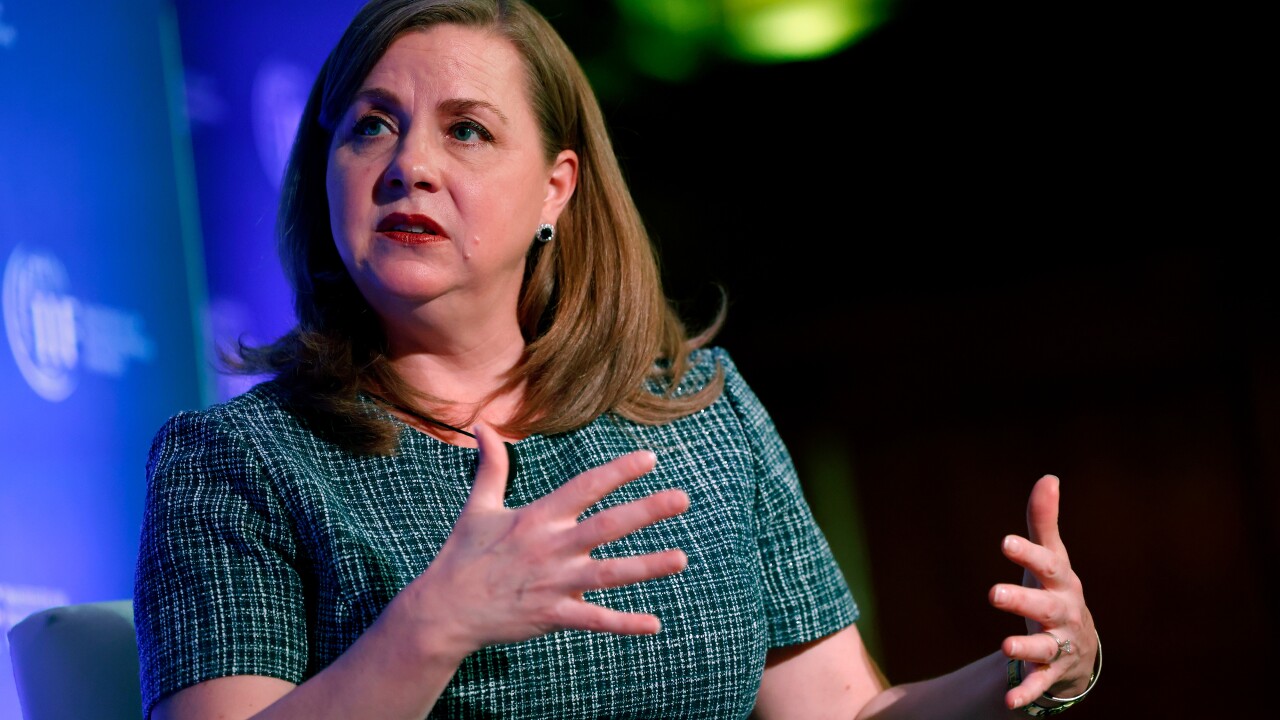By all accounts this should have been a quarter that hit the ball out of the park for Dan Schulman, CEO of PayPal, preparing to send the stock to all-time highs, but it
Revenue rose to $3.86 billion for the second quarter, up 23% from a year earlier. GAAP EPS was $0.44, up 29% from a year earlier. It announced four acquisitions, including the purchase of
But the jewel in PayPal's crown — Venmo — has lost some of its shine.
Venmo processed more than $14 billion in total payment volume (TPV) for the quarter, growing 78% over the same period last year. Almost all of this volume was free to consumers and cost the company money.

Total P2P volume grew 50% in the quarter over a year a earlier to more than $33 billion, which also includes PayPal P2P and Xoom, and represented 24% of PayPal’s TPV. Only Xoom and small portions of PayPal P2P and Venmo actually generate revenue, so this massive TPV growth is actually a drag on earnings.
When the company’s total revenue grows at a slower pace than its total payment volume (TPV) then its total take rate as the company defines it, total revenue/TPV, declines. Its total take rate was 2.77% in the quarter, down from 2.91% a year earlier. More specifically, when PayPal defines the revenue it generates from transactions divided by TPV, which it calls “transaction take rate” or as others would say “interchange,” it’s clear that things are worse off. The transaction take rate fell to 2.38% in the quarter, down from 2.57% a year earlier.
That said, it's unlikely the decline is all due to the company’s growing P2P efforts. In fact, PayPal has made great strides in the monetization efforts of the Venmo platform. Schulman reported that 17% of Venmo users did engage in some monetization experience, e.g., Pay with Venmo or using Visa Direct, since its launch. Bill Ready, COO of PayPal, added that this activity had occurred “so far this year,” to imply in the last six months.
Monetizing Venmo is key to PayPal generating revenue from its loyal P2P user base, and recent announcements with
One major driver pushing down PayPal's transaction take rates is the expansion of its bank partnerships through its consumer “
This consumer choice program is expected to expand with the introduction of PayPal’s customizable




